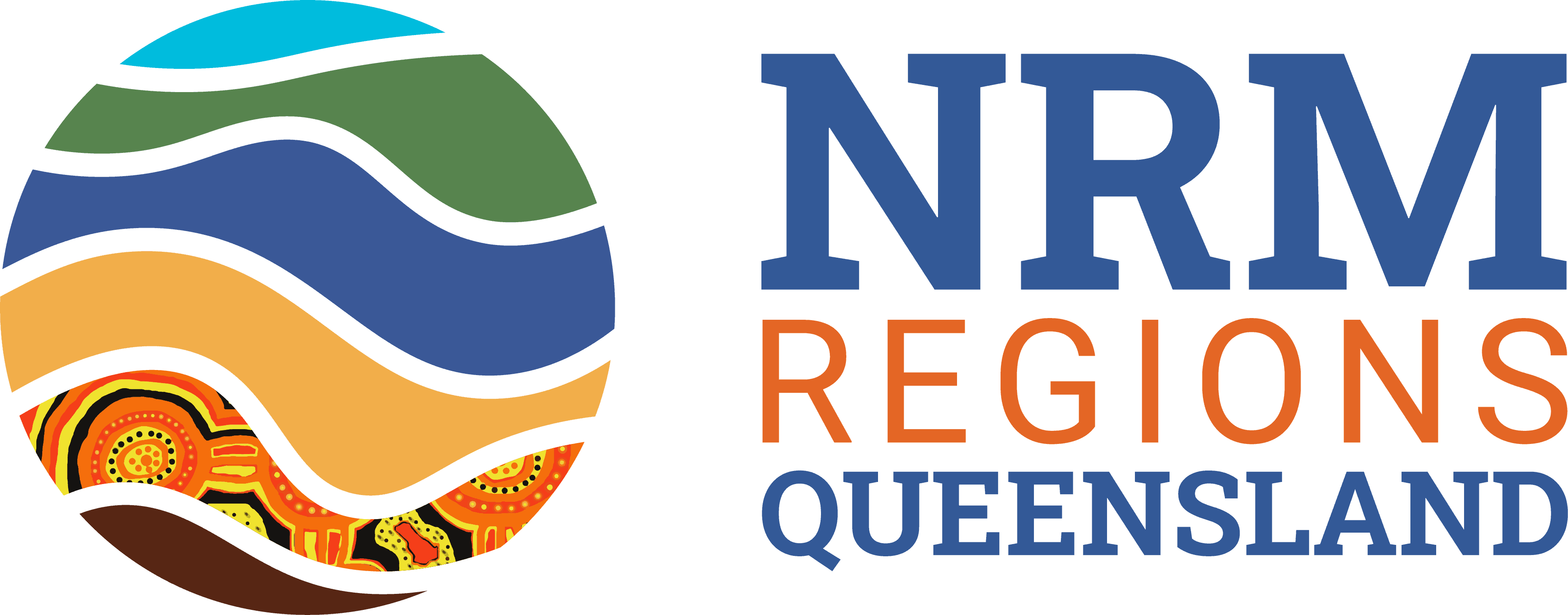When it comes to threatened species, Queensland’s 12 regional natural resource management organisations are committed to on-ground action. So it’s no surprise their peak body, NRM Regions Queensland is throwing its weight behind Minister Tanya Plibersek’s new Threatened Species Action Plan released this week.
The Threatened Species Action Plan 2022-2032 maps a pathway to protect, manage and restore Australia’s threatened species and important natural places.
Chris Norman is the CEO of NRM Regions Queensland and he said that the need for action to protect Queensland’s plants, animals and ecosystems from extinction has never been greater.
“This need was highlighted in the recent State of Environment report,” Chris said. “And this new Threatened Species Action Plan, which aims to prevent any new extinctions of plants and animals, is very much welcomed by Queensland’s natural resource management sector.”
“The plan also sets out to achieve protecting and conserving at least 30% of Australia’s land mass,” Chris said.
“It’s an ambitious target, but communities across Queensland are standing by ready to help the Australian Government achieve this.”
“Those communities have already come together to develop regional natural resource management plans which cover the entire state. And those plans all consider threatened species. Now, with the help of the $224.5 million committed to the new Saving Native Species program, we’re confident significant outcomes will be achieved for our most threatened native plants and animals.”
As well as naming 110 plant and animal species, including the Brush-tailed Rock Wallaby, Northern Quoll, Eastern Curlew and King Blue-grass which occur in Queensland, the Threatened Species Action Plan: Towards Zero Extinctions also names 20 priority places which will be the focus for targeted actions over five years. The objective is to improve the condition for all priority places.
In Queensland, three priority places are listed: Raine Island, which is situated on the outer edges of the Great Barrier Reef; the Eastern Forests of Far North Queensland; and Brigalow country.
Regional natural resource management organisation Southern Queensland Landscapes covers part of the Southern Brigalow Belt. Brigalow is a species of silvery wattle that creates the open forests and woodland communities known as the Brigalow Belt.
The major threat to the original Brigalow Belt since European settlement has been clearing or severe modification of the vegetation. Of the animal species that formerly occupied the Brigalow Belt, several are now extinct, including the paradise parrot (Psephotellus pulcherrimus) and Darling Downs hopping-mouse (Notomys mordax).
Brigalow remnants are under threat from fire due to changed fuel characteristics, invasive weed species and feral animal impacts. Over-grazing, soil erosion and salinity further reduce the quality of the remaining habitats.
Southern Queensland Landscapes is working with landholders across the Brigalow Belt to improve the health and connectivity of Brigalow threatened ecological communities, with the support of the Australian Government’s National Landcare Program.
Chris Norman congratulated the Minister for the new Plan.
“Strong targets to protect our threatened species, prevent new extinctions and protect at least 30% of our land mass are to be congratulated,” Chris said.
“Meeting these targets will require a significant investment from all partners,” he said, “and it will also need people on the ground.”
“Supporting First Nations-led recovery efforts is also essential, and the Plan explicitly supports the integration of First Nations Knowledge,” he said.
“Regional NRM organisations are already on the ground in all of the places where species listed in the new Action Plan occur,” Chris said. “We have networks in place and runs on the board when it comes to working with First Nations and engaging communities in protecting threatened species and special places.”
“We are ready to meet the challenges set out in this new Action Plan,” Chris said. “And we’re looking forward to working with Minister Plibersek and the Australian Government to implement this plan and ensure outcomes for Australia’s special species and places.”
Download the Threatened Species Action Plan here.
Read the Media Release from The Hon Tanya Plibersek MP, Minister for the Environment and Water here.
Feature image: Eastern Curlew, courtesy Burnett Mary Regional Group.
